Column
Filter by Process Zone:
Making it Wrong to Make it Right
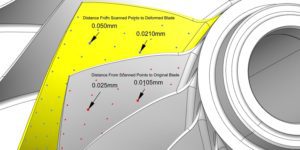
The world of a CAM programmer may seem idyllic: They build toolpath strategies in logical sequences, select cutters from a library, and calculate and simulate results on the monitor. But there are complex challenges when moving from the sterile programming office to the shop floor, where the theoretical process becomes real.
Best Practices for Optimizing Reamers
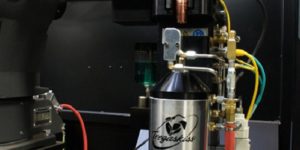
Using a reamer can extend gun and consumable life, reduce downtime and labor costs for component changeover, improve weld quality and reduce rework, and help shorten the return on investment in a robotic welding system. To achieve these benefits and more, here are some of the reamer best practices to follow.
Advanced Metal Joining with Laser Welding

Laser welding is becoming more common to a wider audience that is discovering how its unique properties can create stronger and more aesthetic weld seams than conventional GMAW processes, and how it can tackle weld geometries that were once impractical or downright impossible.
Why Invest in Custom Press Brake Tooling?
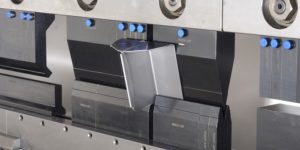
Are you facing a complex bending challenge, a unique part design or press brake productivity dilemma? If so, it’s time to consider investing in custom press brake tooling now that can pay off in spades down the road through increased bending performance and improved part quality.
Stabilizing Parts in Three Scenarios
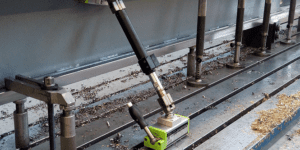
Stabilizer systems that adjust quickly, adapt and stack easily, and quickly integrate into existing setups can really pay off by removing the difficult-to-diagnose part movement that makes fine finishes, tight tolerances and clean welds unattainable.
How to Choose the Right Surface Finishing Product for the Job
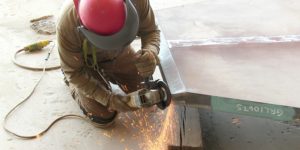
Abrasive tools come in different sizes, grains and styles for completing grinding and surface finishing jobs. So how do you know which choice is right for your application? Here are some of the key factors to help you make the right decision.
Wire Feeding Issues? Consider These Common Causes First
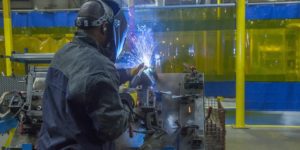
Though welding operators often assume that the filler metal is the source of a wire feeding problem, it’s important to consider other common causes before taking any corrective steps. Don’t assume that cleaning lube off the wire or adding more lube is the answer. While there are many potential causes to poor wire feeding, many of them have simple solutions.
How to Increase Material Removal Efficiency and Your Bottom Line
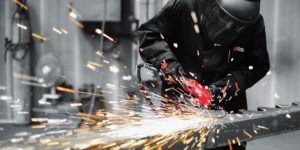
From foundries to fabrication shops and final finishing, all areas of metalworking are looking to increase profitability through process efficiencies. Pneumatic tools that are appropriate for material removal can enable users to improve their productivity significantly. Here is a review of the latest air tools and how they are best suited to particular applications, along with considerations to take when specifying tools.
The New Generation of Resistance Welding: Not Your Father’s Process
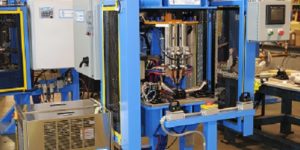
Resistance welding is a sub-specialty in the world of metal joining that was often ignored and taken for granted in the past, but not anymore: so many exciting new process technology developments are now taking place in this field that shops are trying to keep up so they can capitalize on the new business opportunities being created.
Cut-to-Break: Optimizing Punching Operations for a Superior Edge
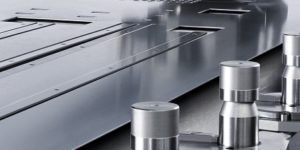
When it comes to flexible sheet metal fabrication, the punch machine might be a very old dog, but it has shown time and again that it has no problem learning new tricks with modular and interchangeable tooling.
Why Fluid Lubrication is Critical for Padded Reaming
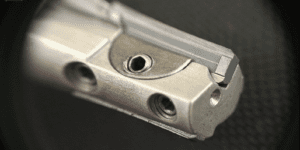
Correct set-up of the padded reamer is critical to successful reaming, but proper selection of a metalworking fluid is also crucial for sufficient lubrication and emulsion properties that efficiently carry fines, help minimize defects, maximize throughput and increase tool life.
How to Achieve Maximum Tool Life with Proper Maintenance
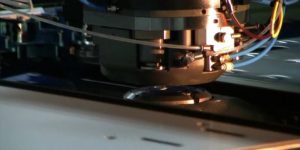
Want to make the most out of your investment in punch press tooling and also help ensure the longevity of your machines? Here are a few simple maintenance recommendations to follow.














